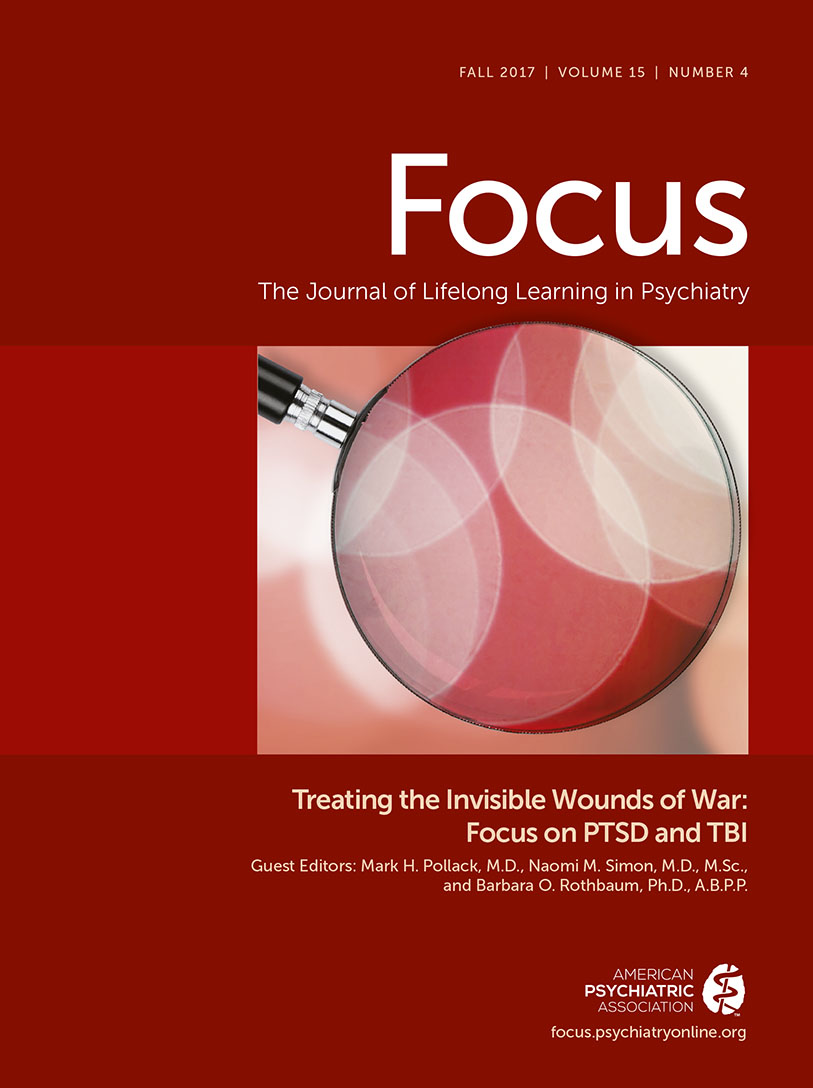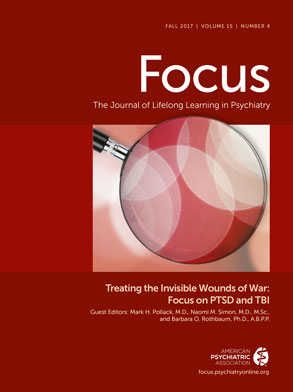Patient safety is one of the core responsibilities of a physician. The principles of not only
Salus aegroti suprema lex esto, beneficence, but also
primum non nocere, nonmaleficence, are two of the ethical pillars that support medical service and attention to safety. Psychiatrists have expertise in areas of patient safety, ranging from suicide risk assessment to violence risk assessment, reduction of seclusion and restraint, prevention of psychiatric misdiagnosis, and supporting a holistic biopsychosocial treatment plan, which drives appropriate, timely, evidence-based, patient-centered services. However, the systems of care in which psychiatrists serve are challenged by sentinel events: self-inflicted injuries, elopements, falls, restraint-related events, delays in treatment, medication errors, and even criminal events. In the United States, suicide is the second most frequent sentinel event reported to the Joint Commission. Psychiatric hospitals rank second in the nation as the most frequent location for reported sentinel events, followed by hospital psychiatric units. Behavioral health care settings rank sixth (
1).
Nearing two decades ago, the Institute of Medicine (IOM) report,
To Err Is Human: Building a Safer Health System (
2), reported that “at least 44,000 people, and perhaps as many as 98,000 people, die in hospitals each year as a result of medical errors that could have been prevented.” In March of 2001, IOM’s
Crossing the Quality Chasm (
3) concluded that “merely making incremental improvements in current systems of care will not suffice.” In 2016, a study by Makary and Daniel (
4) suggested that medical error is the third leading cause of death in the United States. These reports have inspired the nation’s growing campaign to improve quality and safety in health care (
5). However, adverse events causing morbidity and mortality continue. Not only are the patients affected, but so are family members, the community, and the clinicians providing care.
Many organizations support system transformation to improve patient safety, including the IOM, the Agency for Healthcare Research and Quality, the National Patient Safety Foundation, The Joint Commission, the American Academy of Child and Adolescent Psychiatry, and the American Psychiatric Association. In recent years physicians have received more support for gaining competence in the field of patient safety. The American Board of Medical Specialties has highlighted safety standards by integrating patient safety principles into its program for maintenance of certification (MOC) requirements (
5). The American Board of Psychiatry and Neurology is part of this leadership drive and announced that beginning in 2016, physicians who passed a certification or MOC examination would be required to complete an approved Patient Safety Course up to three years prior to board certification or recertification or in their first continuous MOC block.
Focus, as part of its mission to provide MOC review and lifelong learning in the field, offers a Safety Commentary column to provide expert commentary in the area of safety standards with a focus on those most relevant to psychiatry.

